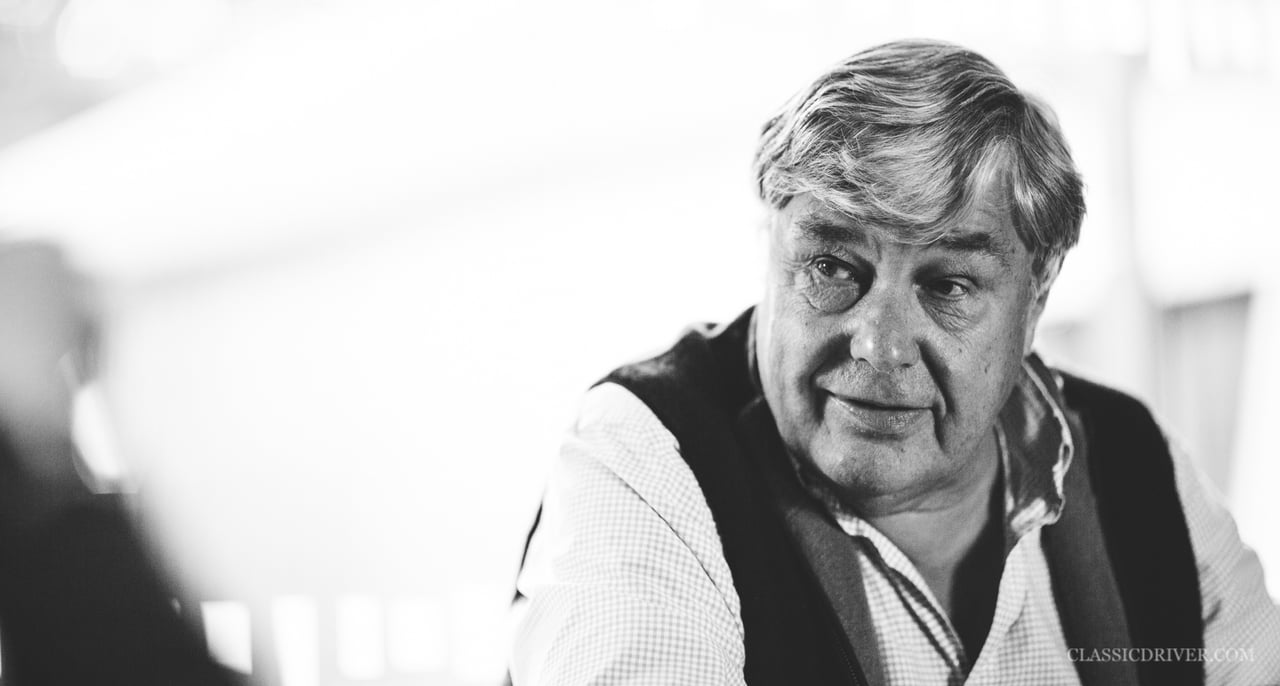
It’s fair to say that Adrian Hamilton has had quite the career. After joining the family car dealership founded by his father, the flamboyant racing driver and Le Mans winner Duncan Hamilton, at just 20 years old, he’s spent 50 years trading the world’s finest cars and, in the process, cementing his father’s legacy. Having recently moved into fabulous new premises, built predominantly to house the ROFGO Collection of Gulf racing cars that Adrian put together, we thought it was high time to pay him a visit.
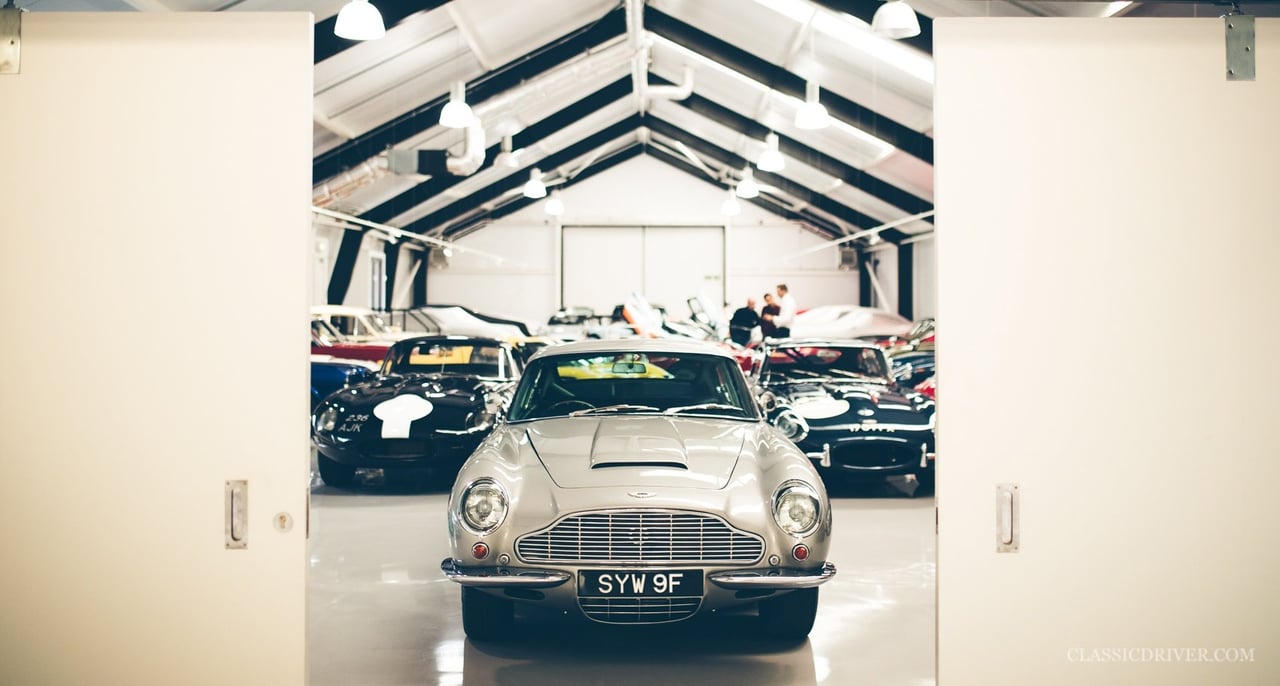
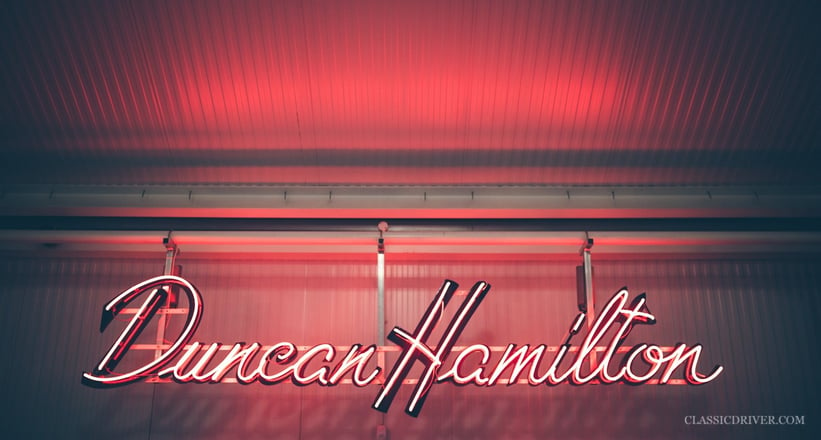
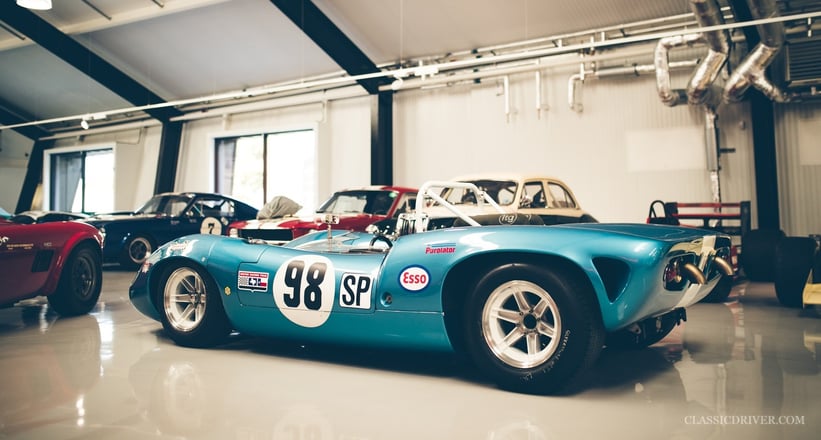
What are your earliest automotive memories?
I’ve got many. Obviously, I was brought up around my father’s racing; although, I was only five when my father won Le Mans in 1953, so I don’t really remember that. I remember parts of his career, but he really didn’t want me or my sister at the racing circuits, in case there was an accident and he got hurt. He was a very fun and flamboyant guy — he was tough and did a very good job back in those glory days.
How did you become involved in the family business?
I left school with the wonderful claim to fame that I’d never failed an exam. But that was on the basis that I was too stupid to take any! I didn’t have any qualifications at all, so my father kicked me off into the merchant navy for two years, polishing brass and the like. I came into the business in 1968 or thereabouts, working for the princely sum of 14 pounds and 10 shillings a month. Over the years, I’ve had a lot of wonderful memories and handled lots of fabulous motor cars. I think I’m the only person to have sold nine Ferrari 250 GTOs. If I got flattened by an elephant tomorrow, I’d know I’ve had a great time.
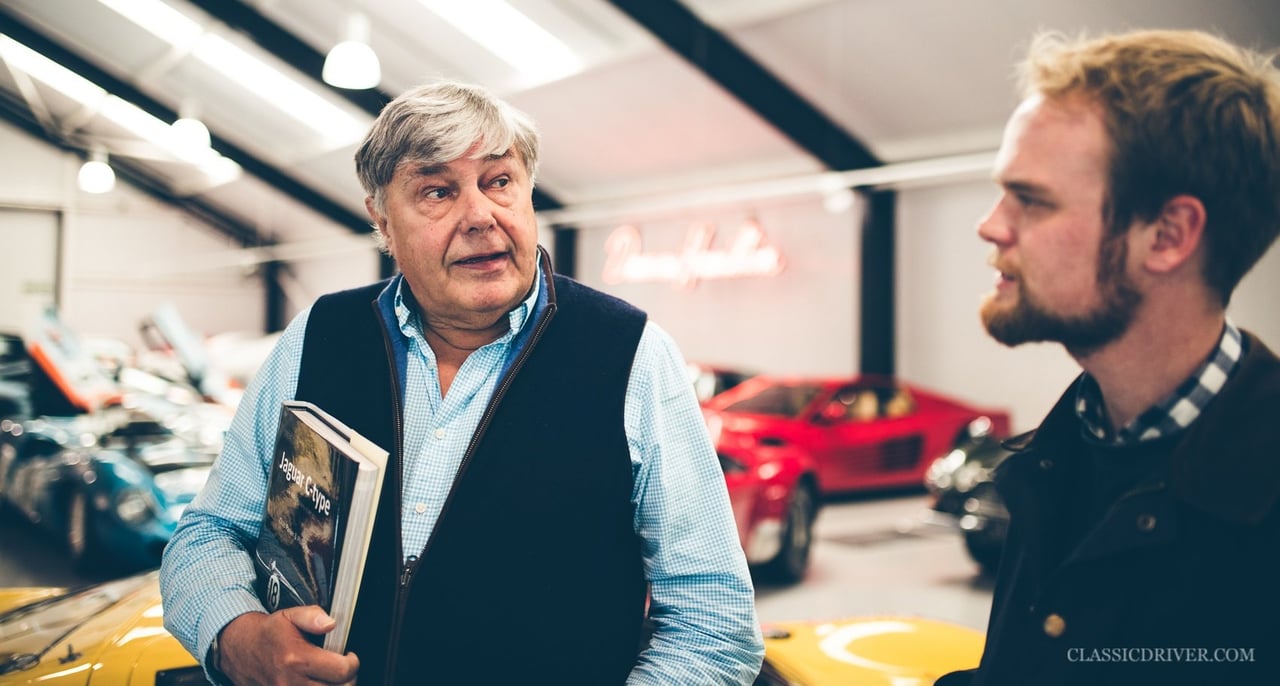
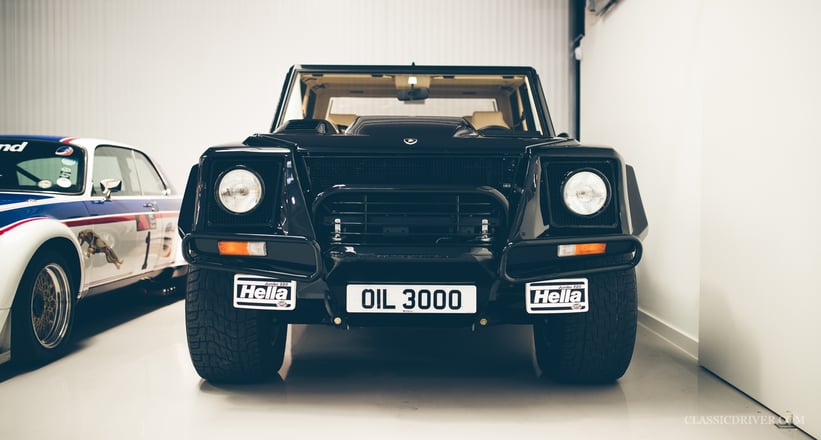
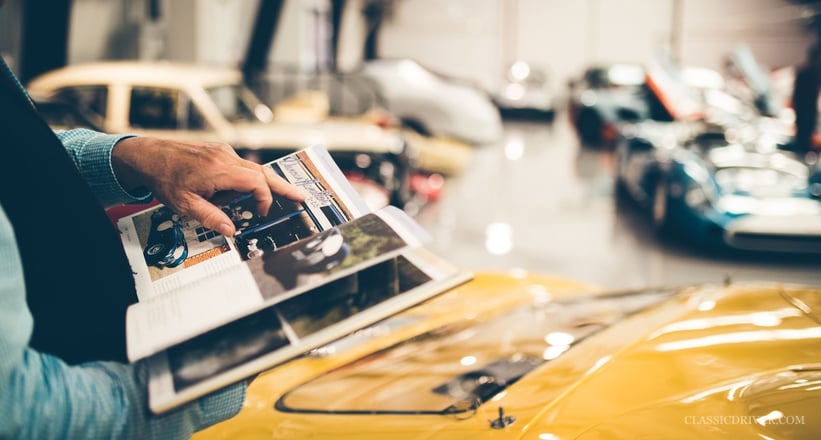
Were you not tempted to follow in your father’s footsteps and go racing?
My father wasn’t very keen on me racing much, because he’d lost an awful lot of friends over the years doing it. That was a damned nuisance, because I would’ve been bloody good! But I’ve run nine cars at Le Mans over the years, both as an entrant and a team manager. It’s just the greatest road race in the world. My son Archie, who’s now 26, has raced there twice, and the first time was on the 60th anniversary of his grandfather’s victory, which was touching.
What criteria does a car need to fulfil in order for you to sell it?
We just like to deal in the best. If you’ve got the best cars, in outstanding condition and with unquestionable histories, you can’t really do any better. The best will always be the best, and I always encourage people to buy the best, because when they come to sell it, there’ll be no argument. I look at these things as though I’m spending my own money, and the key to it is definitely quality over quantity.

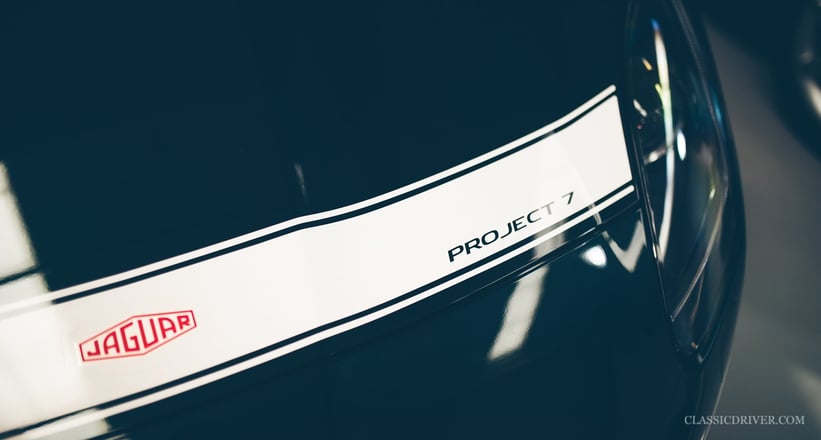
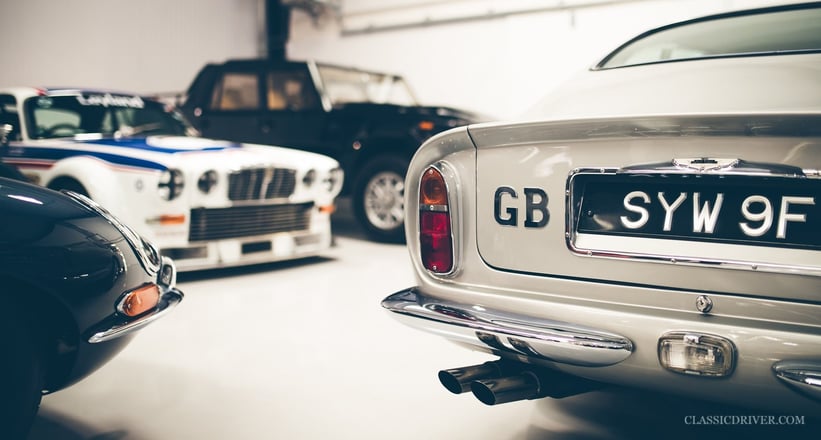
How would you assess the current market for collector cars?
For the best of the best, the market is currently okay. Of course, it’s hard work and nothing’s ever easy. The finest car in the world is a sold one, and if people trust you and you haven’t pulled their trousers down, they will carry on coming back for more.
What is the most memorable car you’ve sold?
I suppose the most memorable car I sold was my father’s Le Mans-winning Jaguar C-type. I bought it in 1984 from Briggs Cunningham, who was a very nice man who my father knew well. He had it on display in his collection in Costa Mesa, California, but it was just a rolling chassis — the body was up in the roof somewhere. I told Briggs I’d love to buy it off him one day. I kept chipping away, and about two years later, I saw him at Pebble Beach and I asked him one final time. He asked me to make him an offer, so I did. and he accepted and said I could have it. I was on the next plane over there!
I had the car for 26 years and took it all over the world, from Australia to America. I did the Colorado Grand with it, Garry Pearson raced it at Goodwood, and Stirling Moss drove it at the Le Mans Classic. I actually remember driving it down the straight at Le Mans in floods of tears. Then, about 10 years ago, I was offered a considerable amount of money for it and, regretfully, took it. I’ve got six children and I couldn’t chop it up into six pieces. At the time, it felt like the right thing to do, but I still wake up every morning regretting it. Life goes on.
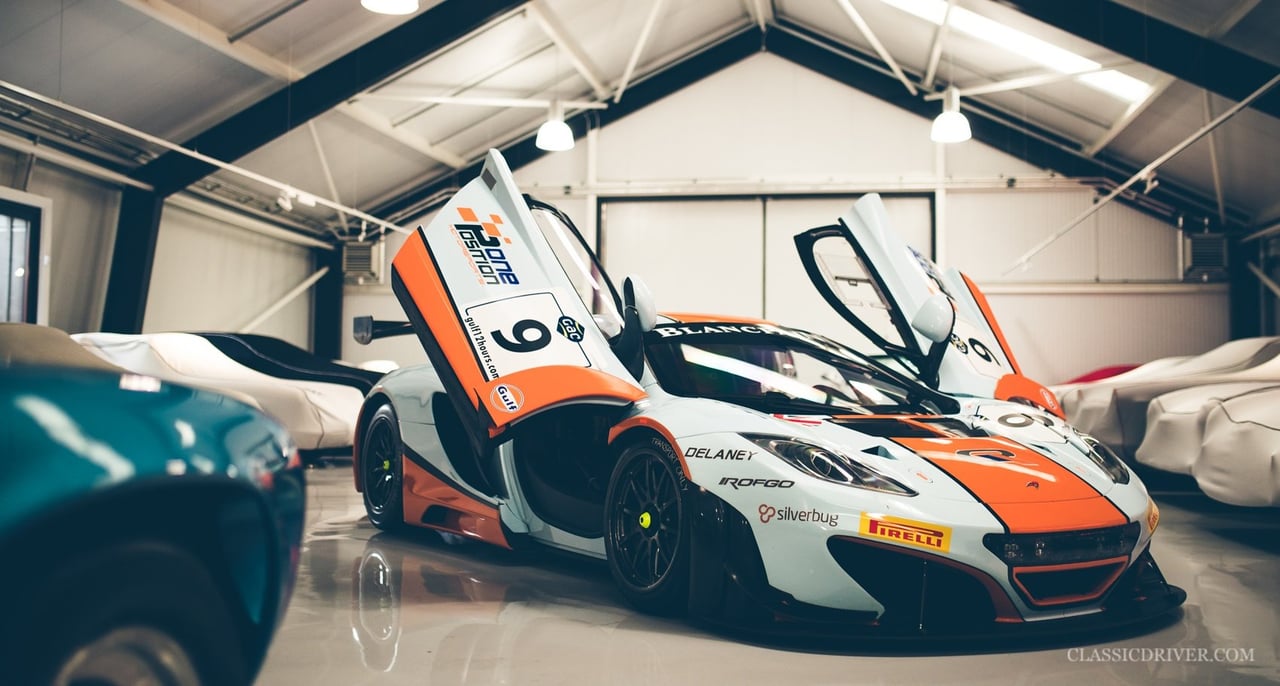
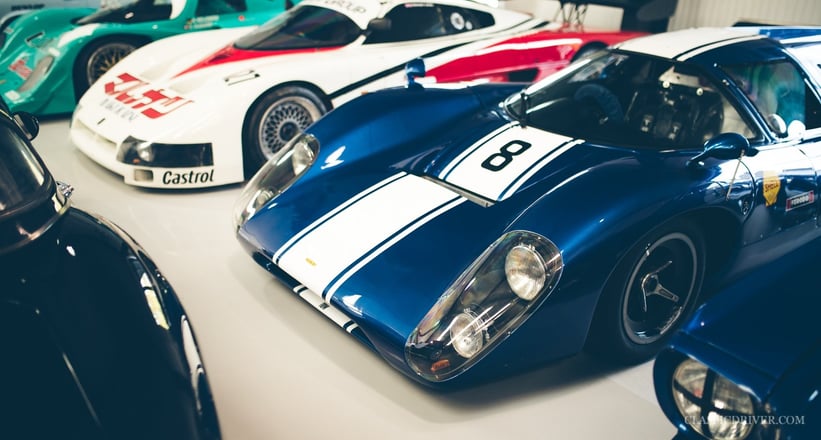

How did the ROFGO Collection come about?
The collection of Gulf cars came about because I was selling one of the four ex-Works Ford GT40s on behalf of a client. Roald Goethe, a successful businessman in the oil industry, was interested in buying the car, as he had a model of it when he was at school. He told me he was interested in putting a collection of cars together and asked if I had any ideas. Having had a light bulb moment, I went back to him and suggested the Gulf theme, seeing as no one else had done it. He agreed, so off we went…
How did you go about building the collection?
At first, we targeted the key cars. We were lucky to have bought the Porsche 917K when we did. In fact, we were lucky to have bought everything when we did — I don’t think we overpaid for any car, and quite honestly, the value of the entire collection has doubled in seven years. There are 34 cars now, and there’s really only one that’s missing — a Gulf-Mirage M2 in which Jacky Ickx won at Imola — but I can’t find it!
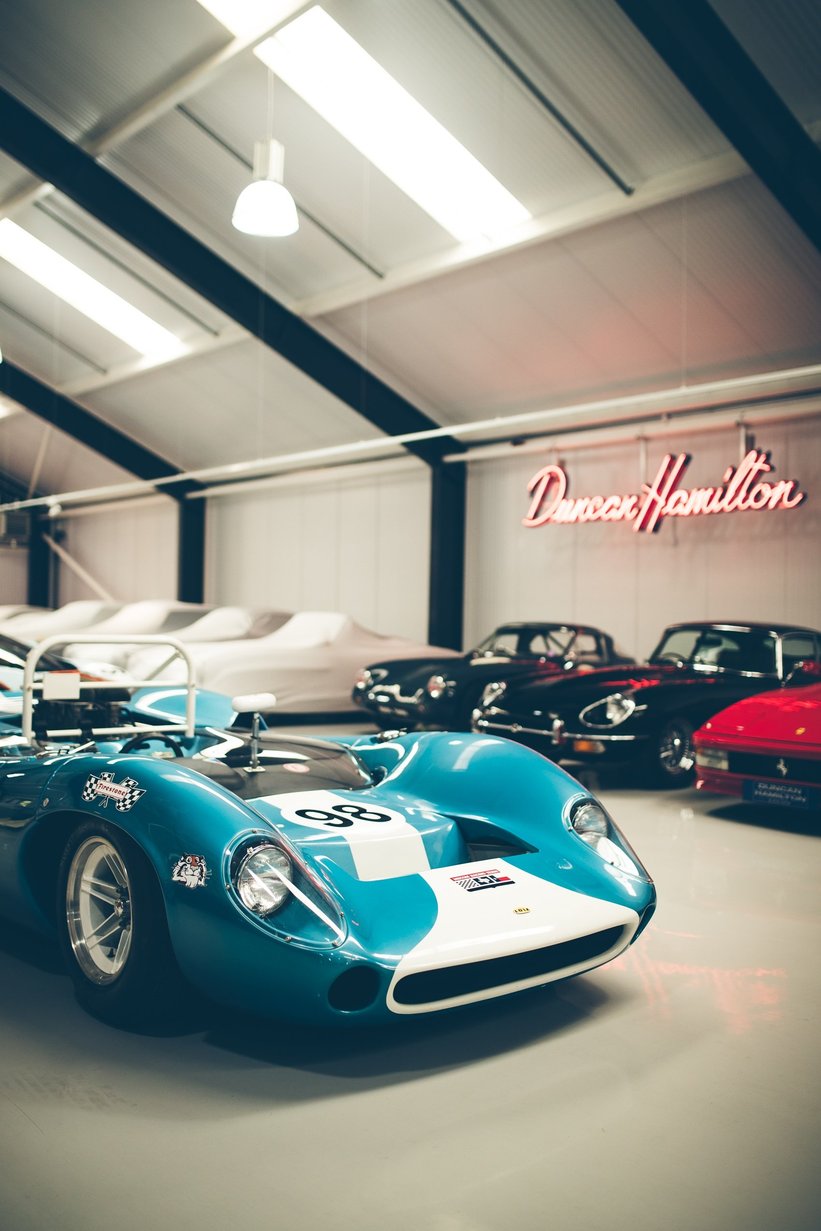
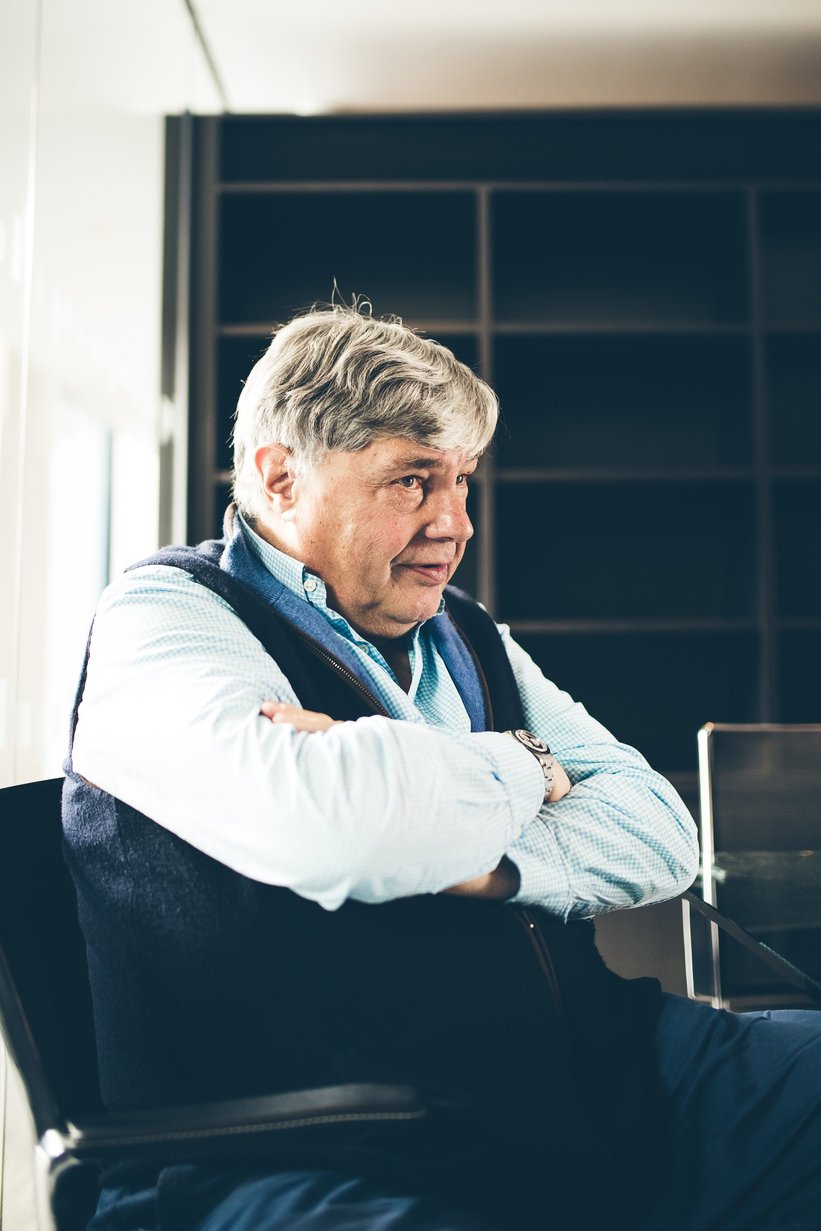
What prompted the decision to move into these new purpose-built premises?
It really stemmed from the ROFGO Collection. I was operating within the grounds of my home near Odiham, 15 miles from here, where I’d converted a number of outbuildings into garages. We could accommodate 18 cars, but with the Gulf collection growing and growing, I had to stick a lot of cars in rented barns and buildings. I told Roald that we should do this properly, so we built a proper facility. It’s taken the best part of four years to get right.
Regardless of budget, what would be your dream car?
As you get older, you’re able to get a lot of these cars out of your system. If I won 100m dollars in the lottery tomorrow, would I buy a 50m-dollar Ferrari 250 GTO? No. I’ve sold nine of them, and I think it’s a fabulous car, but I can think of other things I’d rather spend the money on — probably a lovely large yacht!
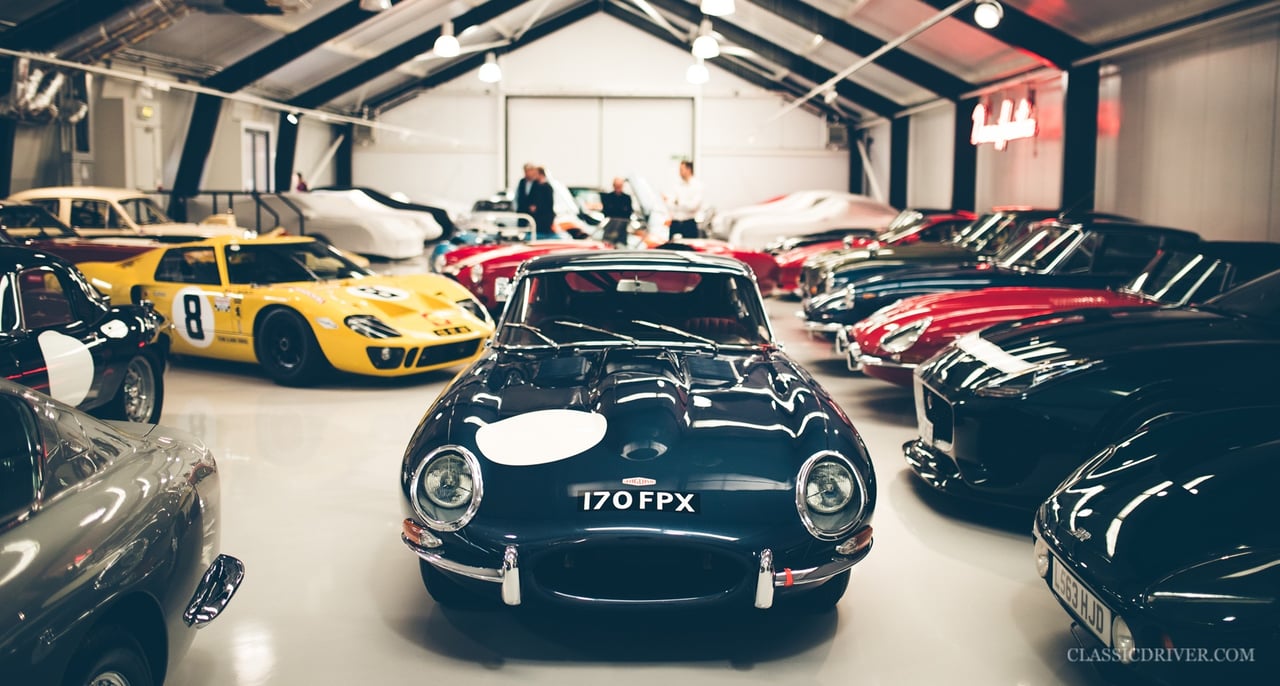
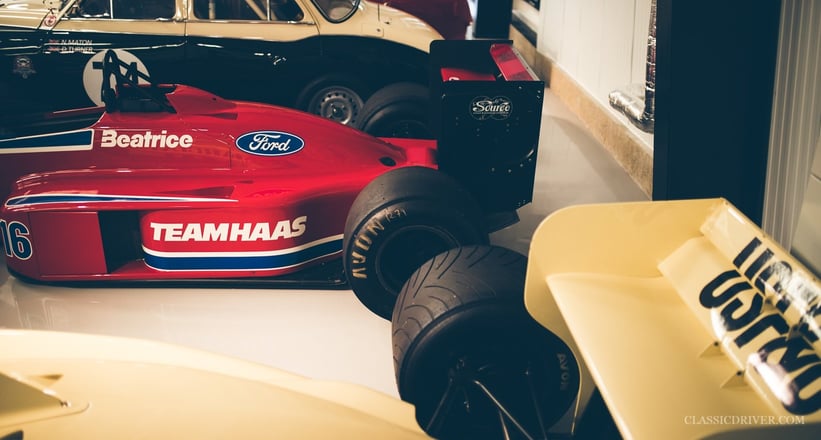
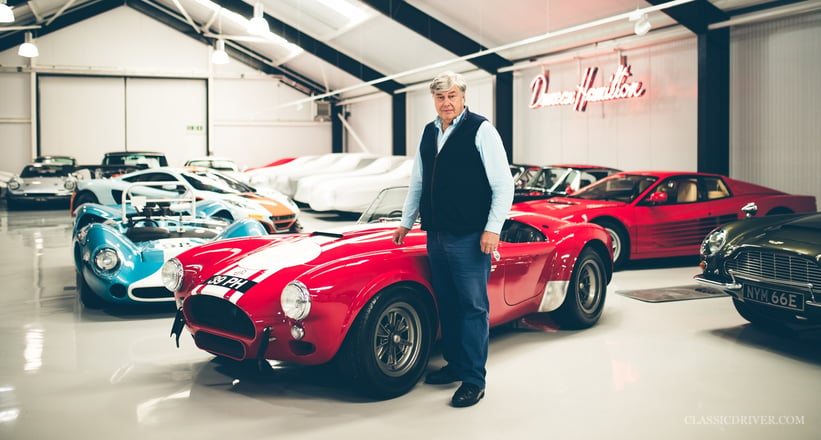
What do you drive on the weekend?
I’ve got a very nice Ferrari 550 Maranello in Tour de France Blu, which I’ve had for about eight years. It was supplied new to Ross Brawn and Rod Stewart had it after that. It’s done around 20,000 miles and I drive it a lot.
Finally, how would you sum up Duncan Hamilton ROFGO?
Well, we’re still here! We’ve been here 70 years, which I think is a testament to a lot of things. I’m very lucky to have had the old man’s name as a springboard, and I safeguard his reputation very carefully. You can’t buy that sort of reputation, and there aren’t many people who’ve been doing it as long as us. I’ve been lucky enough to have some great years and to have sold fabulous cars all over the world. I’ve made a lot of dreams come true for many people.
Photos: Tom Shaxson for Classic Driver © 2017















































